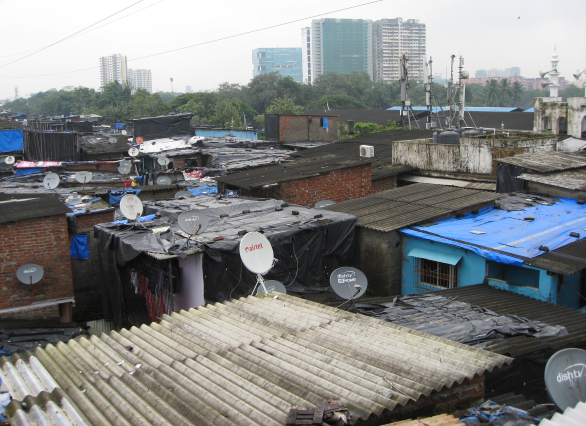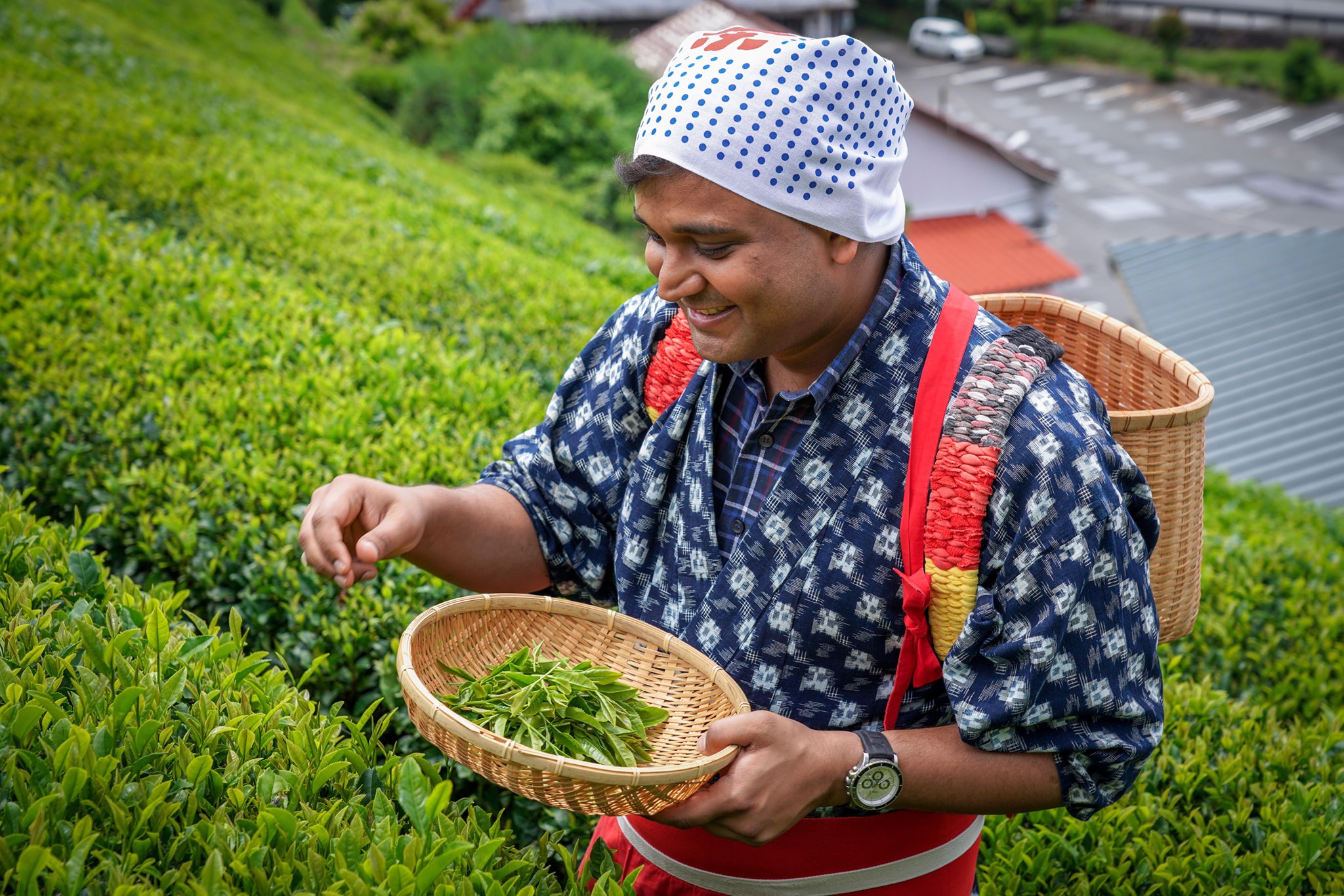Man or machine? How the rental market for farm machines can boost agricultural production in Bangladesh
By Fuad Hassan*
Trends of agricultural mechanization have taken on a new significance in developing countries in recent years. These trends have been triggered by the shrinking availability of hired labor and rising labor wages, as more non-farm income opportunities for farmers have arisen over the past 20 years. Whereas crop cultivation used to be their only source of income, (Mishra et al., 2015), many farmers have turned to complementary sources of income now. Thus, instead of depending solely on human labor force for cultivating their lands, farmers have been exploring and using alternative resources such as farm machinery rental services.
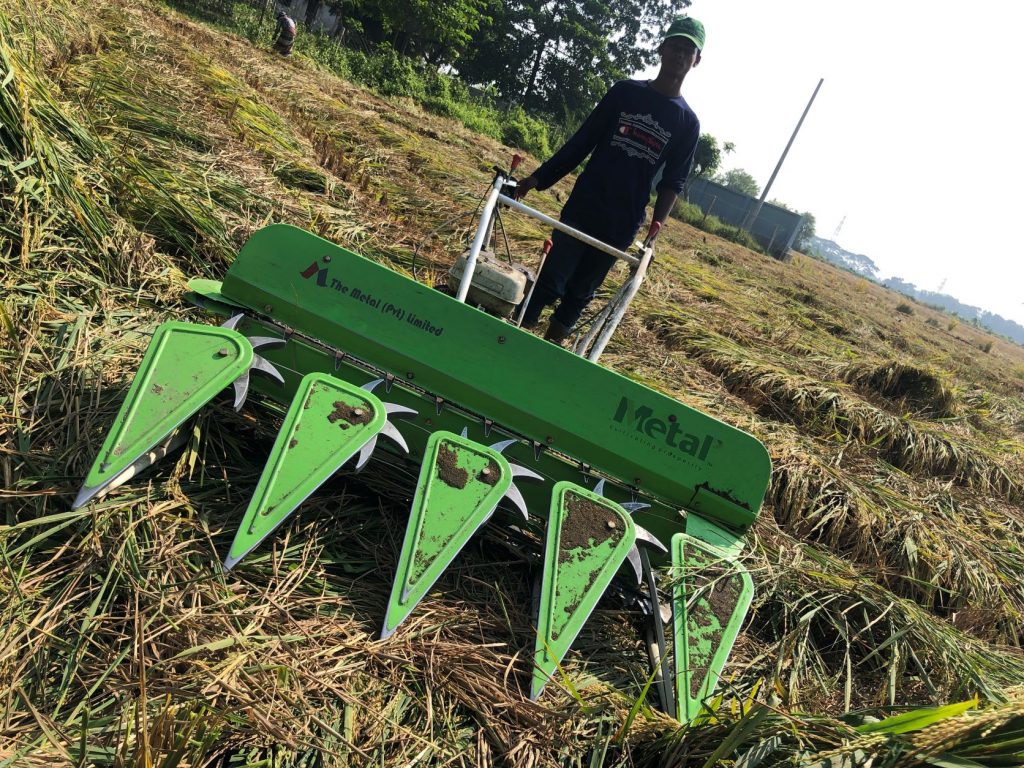
Agricultural sector in Bangladesh has undergone a remarkable transformation
In 2020, Bangladesh’s Government developed a National Agricultural Mechanization Policy. Its vision was to transition the country’s agriculture to an efficient, profitable, and commercial sector by means of mechanization. In this ongoing process, the country is facing a number
of challenges. On the one hand, Bangladesh is one of the most populated countries in the world. It therefore seems paradoxical that producers at farm level are facing manpower shortages. In addition, farm-level producers have inadequate access to alternatives to human power such as machine rental services. On the other hand, Bangladesh’s free-market economy has generated benefits for farmers and the government has built an extensive network of paved roads in rural areas. These positive factors have accelerated the partial adoption of farm machinery in Bangladesh (Mottaleb et al., 2016).

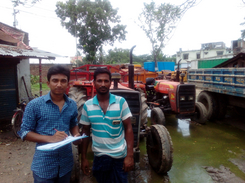
Farm machinery rental services in Bangladesh: a viable
option?
The most popular farm machinery rental services in Bangladesh are those targeting land preparation, threshing, shelling, and transportation. Typical clients of such rental services are smallholder farmers in village communities, mostly cultivating less than one hectare of land. Providers of rental services are primarily farmers themselves. They often invest in equipment, both for their own use and because they have recognized the potential of hiring services in their local markets. Nevertheless, very little is known about the demand and supply as well as the market structure of these rental services. For generating sustainable production growth and increasing agricultural productivity, it is essential that farm machinery power is made available at a low price and along well-functioning distribution channels. That is why it is important to understand how custom hiring [custom hiring services are similar to rental services and
indicate hiring agricultural machines from a center or hub, or market, ed.] of agricultural machinery operates and how service providers and users interact with each other.

On the ground: empirical data collected in Bangladesh
This study was conducted in 2017 in Bangladesh, i.e. in the cities of Dhaka and Rajshahi, and in Khulna division. A total of 610 households including 371 owners and 239 users of farm machines were sampled, by means of multistage stratified random sampling. Based on these collected data we assessed the supply chain of farm machinery and determined the factors associated with machinery ownership. We estimated whether farm machines would be a viable option as a profitable enterprise and, in addition, we assessed the demand as well as future willingness to pay
for the desired rental services.
Study on hiring labor vs. rental services discloses different market types
The results show that manual planting and harvesting were the two most common activities for which farmers were hiring labor. A paddy farmer can save 85.40 USD1 per hectare by planting paddy with the help of a mechanical planter and 70 USD per hectare by harvesting paddy with the combine harvester. This study also reveals that there are different types of markets for machinery rental. Price competition among tractor-owners varied, depending on the distance traveled. The limited number of tractor service-providers and little price variation among clients suggest that there is a monopolistic-type of market. Though the charges for power-tiller services were the same across neighboring villages, there are a handful of power-tiller service providers, indicating a competitive market structure. As for the rental market for transplanters, combine harvesters, and reapers, we could see a monopoly. We observed that households’ access to credit increases their probability of machine ownership. In contrast, having fragmented lands significantly decreases the probability that households adopt farm machines and participate in the rental business. Although more than half (59%) of the agricultural labor force is female in Bangladesh (BBS, 2018), females are less likely to own agricultural machinery. In general, regardless of whether they were owners or non-owners, most of the farmers were highly interested in mechanizing planting-and- harvesting operations. The major barrier preventing potential competitors from entering in the custom hiring market is the capital intensity required for buying farm machines (Fang, 2017). Though the rental market generates higher profit, it also works with shorter payback time. For example, the investment required for a tractor is almost triple of that for a power-tiller but has a shorter payback time (eight months). The time needed to recoup the investment for a thresher machine was three months and for a combine harvester 11 months.
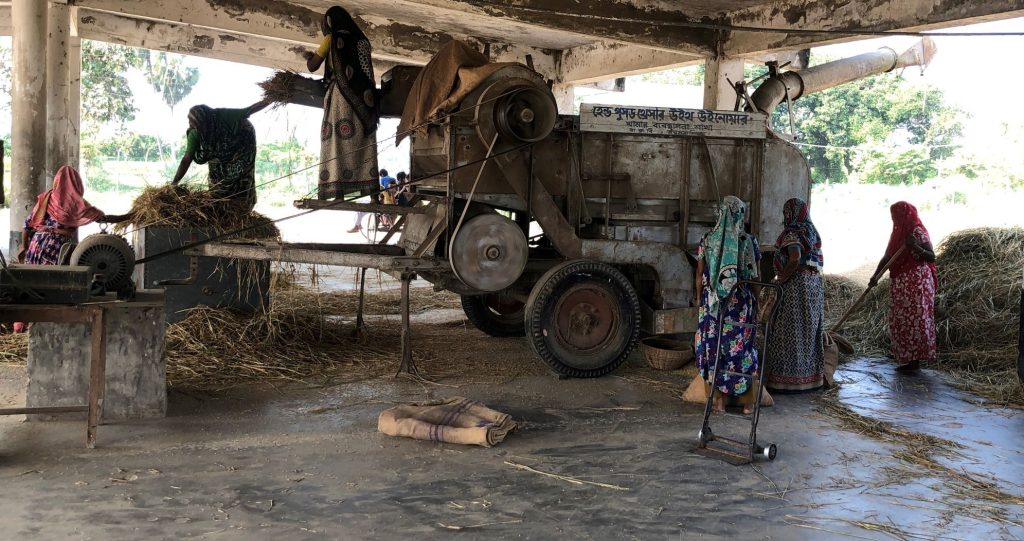
The importance of social capital
Social capital seems to be an important factor in bringing owners into profit as well as making services for users available. We therefore used a Likert scale [an econometric model, ed.] to generate the social capital indices for each owner-household. We used information regarding the owner’s relationship with friends, whether the owner provides services to own relatives and neighbors, whether the owner performs a service on credit for friends and relatives, whether the owner can meet the demands
of his/her village and how much trust the owner has in transactions. We observed that social capital improves the smoothness of the rental market and therewith increases the profit of an enterprise. Farmers can use social capital to secure rental services on time and optimize their agricultural output.
Implications and recommendations how to boost hire
services in Bangladesh
The study points out that:
- The rental business of farm machinery is recommendable, not only for commercial purposes but also because it increases efficiency in agricultural production.
- Social businesses through social capital may play an important role in making mechanization affordable for farmers.
- To strengthen the existing capacity of custom and hire service entrepreneurs and to support new entrepreneurs, appropriate adoption facilities and information-dissemination programs should be launched all over Bangladesh.
*Author and contact: Fuad Hassan, former ZEF researcher, e-mail: fuad.stat@bau.ebu.bd
All photos in this blog post by Fuad Hassan.
References
- BBS (Bangladesh Bureau of Statistics) (2018). Labor Force Survey. Dhaka: Ministry of Planning, Government of Bangladesh.
- Fang, L. (2017). Entry Barriers, Competition, and Technology Adoption. Economic Inquiry, 55(2), 794-805. Mishra, A. K., Mottaleb, K. A. and Mohanty, S. (2015).
- Impact of Off‐Farm Income on Food Expenditures in Rural Bangladesh: An Unconditional Quantile Regression Approach. Agricultural Economics, 46(2), 139-148



